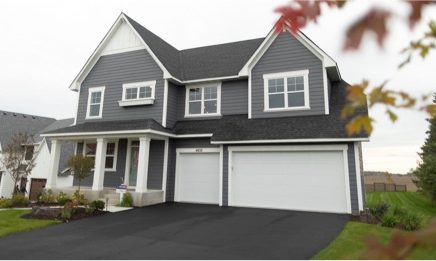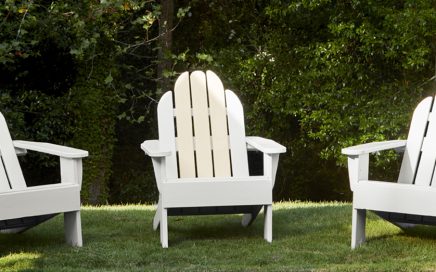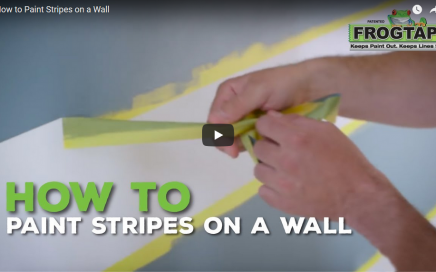
How To Install Engineered Wood Exterior Siding
Installing new exterior siding is a surefire way to improve both your home’s aesthetics and curb appeal! Plus, when you use trusted brands like LP® SmartSide®, installation is a snap! Join our host, Jeff Wilson, as he describes the benefits of engineered wood exterior siding and demonstrates a few installation tips. Starting with the Trim Because…


